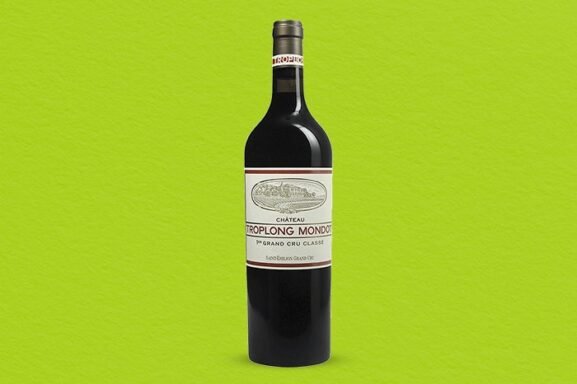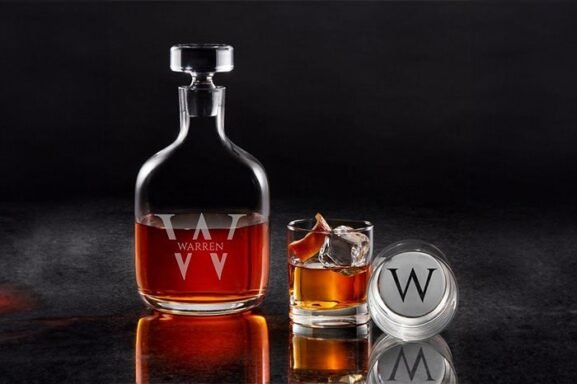The Best Crémant de Bourgogne Wine
Sparklers have moved beyond special occasions into everyday life in recent years.
According to analysts at the beverage alcohol market data firm IWSR Group, the number of Americans buying bubbles rose by 30% between 2019 and 2022. People are not only drinking more sparkling wine, they are drinking it more frequently. During that period the number of people sipping bubbly monthly rose to 72%, up from 56%, and experts expect this figure to rise by more than 15% through at least 2026. Most impressive, though? Nearly a quarter of the respondents said they drink bubbles at least twice a week.
Unless those researchers focused their attention on Beverly Hills, chances are most folks aren’t splashing out $50 on a bottle of Champagne multiple times per week. (But if so, we’d love to hang.) That’s where crémant comes in. These under-the-radar French sparkling wines are made in the méthode Champenoise, with the second fermentation in the bottle, just in regions outside of the birthplace of bubbles. And unlike Champagne, prices start around $20, making it a delicious and affordable option.
You May Also Like: Meet Crémant, France’s Affordable Sparkling Wine
Of all the crémants in France, the closest to Champagne in terms of varietals, terroir and geographic proximity is Crémant de Bourgogne. Hailing from one of the most coveted wine regions on the planet—Burgundy—these reasonably priced bottles benefit from the abundance of high-quality Pinot Noir, Chardonnay and other grapes grown on precisely defined plots of Unesco World Heritage–recognized climats or terroir.
“We’re working off the same chalky and, in some parts granitic and limestone soils, that grow the majority of the best wines we know,” says Wine Enthusiast Tasting Director Anna-Christina Cabrales. “Depending on where grapes are sourced, we can get the same essence of chalky limestone. The persistence is not nearly as strong but those looking for lively acidity and a faint hint of minerality, it is there, for sure.”
You May Also Like: The Other Side of the Slope: Burgundy’s Other Grapes and Wines
And because producers in the region are working with similar grapes to what’s used in its more-famous-for-sparkling-neighbor-to-the-north, they can make a wide range of effervescent styles including blanc de blanc, blanc de noir and rosé. “Naturally, this is a cost-effective alternative to Champagne,” adds Cabrales.
Ready to explore the world of France’s other sparkling wines? We’ve got you covered with expert picks below.
Published: April 24, 2024

